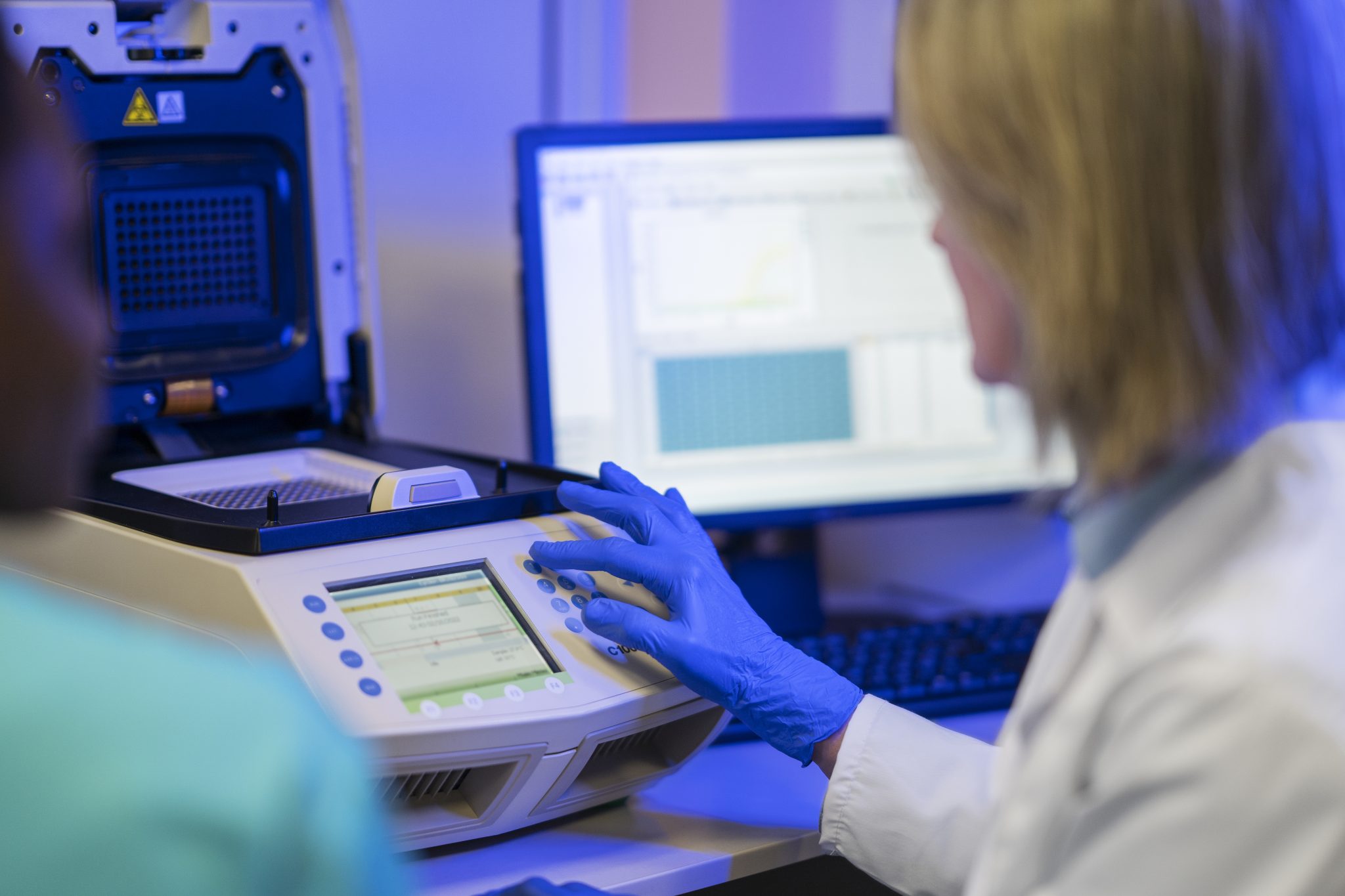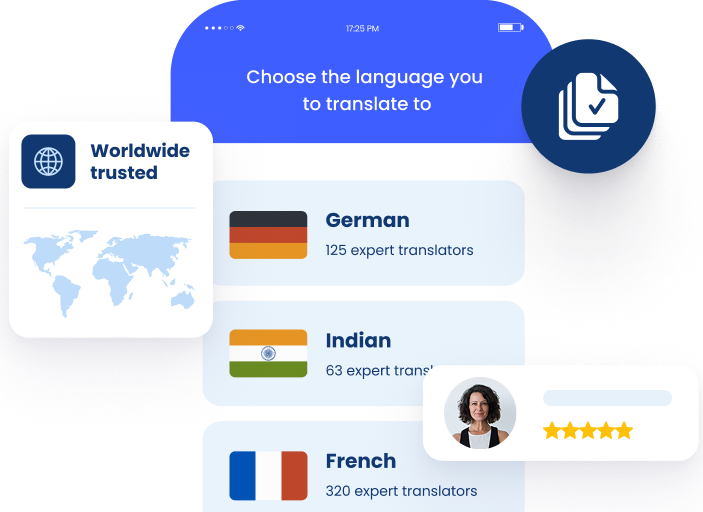Regulatory Translation Services for Medical Device Manufacturers: What You Need to Know
Recent data from the FDA shows that labeling and instructions are among the top causes of medical device recalls. With these issues accounting for over 30% of recalls, manufacturers face significant risks from unclear or inaccurate documentation. Medical device recalls involve expenses for retrieving, repairing, replacing, or refunding devices. Besides, regulatory bodies might penalize your medical device manufacturing company for non-compliance.
Leading medical device manufacturers invest in accurate medical device translation services to minimize associated risks. In this article, we discuss everything you need to know about medical device translation, why it matters and how to choose a translator.

The Goal of Medical Device Translation Services
Companies that manufacture and distribute medical devices must ensure their devices are accessible and usable globally. This becomes a challenge especially for countries that do not speak the same language as the manufacturer.
In such cases, you’re required by law to translate the instructions for use documents (IFUs), training material, marketing assets, and other documents to support healthcare institutions using the devices. Essentially, you must ensure there is accurate communication for critical information about the medical devices across multiple languages.
The demand for medical device translation is also driven by regulatory standards. For instance, under the European Union Medical Device Regulation (EU MDR 2017/745) and the U.S. FDA’s 21 CFR Part 820, you are required to provide clear, accurate, and comprehensible labeling and instructions in the official languages of the markets where the devices are sold.
Unlike other sectors, the medical field has specialized terminology that requires domain expertise and experience for accurate translation. That means if you rely on tools like machine translation or general translators, you run the risk of translation errors. Therefore, always rely on professional medical device translators like TLD for the best results.
Types of Documents in Medical Device Translation
The manufacture of medical devices involves lots of documentation, from research phase to market penetration. As such, medical device companies require multilingual support to adapt their devices for local markets. This translation service falls under document translation. Let’s explore the common types of documents we translate for these companies.
Regulatory and compliance documentation
For medical devices to be allowed for public use, they have to undergo quality checks by regulatory bodies to ascertain they meet certain standards. After the checks, the regulatory bodies issue documents such as the Declarations of Conformity to show that they are safe for use.
Documents such as IFUs, labels, and other technical files are also in this category. Their main aim is to prove the legitimacy of the medical devices. Most jurisdictions require localized regulatory and compliance documents when importing medical devices. Language support is required to break into these regions.
Clinical trial documents
Planning and executing a clinical trial for medical devices involves several documents when seeking approval from regulators. For instance, you will need an informed consent to help participants understand the potential risks, benefits, and alternatives of using your medical device.
If your target demographic for the clinical trials is spread out globally, you will need multilingual support for accurate localization of these documents. Besides, performing multilingual clinical trials increases your research pool for a more comprehensive and inclusive data collection.
User manuals and technical guides
Medical devices, no matter how complex or simple, must be shipped with user manuals and technical guides to help users make use of them. These manuals and guides are essential, especially for setting up and troubleshooting complex devices. If they’re not translated into multiple languages, it becomes a challenge for the medical technicians to operate them.
Graphical User Interface (GUI)
Some electronic medical devices come with integrated software that helps the medical technician operate them. In standard production, the GUI of the software will bear the language of the manufacturer. There is a need to translate GUI elements of these devices to make them accessible to diverse language groups.
Marketing and training materials
To convince your target user to purchase your products, you need to invest in marketing. This becomes a challenge if the target user speaks a different language to yours. In such instances, you need medical translation services to localize the marketing materials. This falls under localization services which requires deep understanding of culture, legal systems, currency, among other elements of local systems.
ISO Standards in Medical Device Translation

4. Hiring non-certified translators without immigration experience
Not all translators are qualified to handle USCIS document requirements. Hiring a translator who lacks immigration specific experience or proper credentials can result in translations that fail to meet USCIS standards for accuracy, formatting, or certification. Worse, errors or inconsistencies introduced by inexperienced translators can raise red flags or lead to permanent denials. It’s crucial to use a professional translator or certified translation service that understands USCIS guidelines and has a proven track record in immigration document translation.
Choosing the Right Medical Device Translation Partner

Selecting the right translation partner is a decision that can directly influence compliance, market access, and patient safety. The provider should have proven experience in medical and technical translation, with demonstrated history in the industry.
Native-speaker linguists with subject-matter expertise and regulatory training are essential to ensure IFUs, labels, and technical files meet the requirements of every target market. Quality should be supported by robust control processes, ISO certification, and documented workflows.
Translation memory (TM) and terminology management help maintain product-line consistency while reducing costs over time. Providers with technology infrastructure built for medical device documentation, such as glossary management tools and integrated quality management systems, offer a clear advantage in efficiency and accuracy.
The Language Doctors delivers precise, regulation-ready translations that protect brand integrity and accelerate international market entry. Backed by industry expertise and advanced tools, projects are managed with the highest standards in mind. Contact us today.


